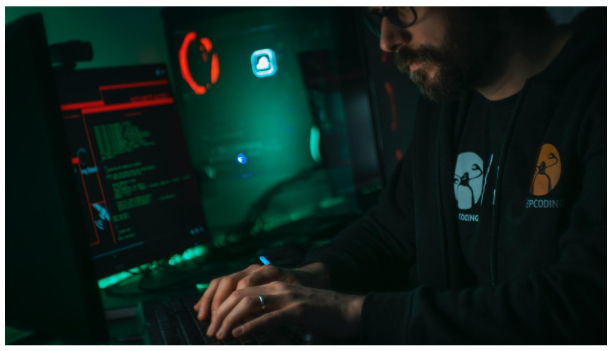The use of software has grown increasingly common in our lives, whether for information gathering or for the purchase of goods. Virtually every element of our lives is now managed by computer software. In organizations that develop this software, there are many activities taking place, including IT teams that are always monitoring and providing new products and security teams that are constantly analyzing old products for security problems.
A security vulnerability will be identified, and patches will be developed and delivered to prevent the product and infrastructure from being compromised by hackers. It can be aggravating at times to perform this exercise as part of one’s regular routine. Nonetheless, patch management, the process of releasing fixes and updates for security vulnerabilities, is mission-critical and something that every IT worker should be aware of.
Although the terms “patch management” and “vulnerability management” are sometimes used interchangeably, the two have some key differences. The latter—vulnerability management—is a much more comprehensive procedure that addresses risks of all kinds. On the other hand, patch management is solely concerned with the distribution of software updates to address specific weaknesses in specific software.
The Difference between Vulnerability and Patch Management
Let’s talk about both patch and vulnerability management so that the difference between them becomes clearer to us.
Patch management is the process of releasing patches to any software being used within an organization that has been updated to fix bugs discovered by researchers. Patch management is also known as patch deployment. Any software that is used by the company, such as Slack, Outlook, Adobe Acrobat, and other similar software programmes, can be considered products.
Patch management, on the other hand, is most commonly carried out through the use of centralized management tools, in which the patch has been pushed to all of the machines in the organization and users are required to update their machines once they connect to the network, rather than having to do so manually on each and every machine in the organization.
Patch management software, which allows IT teams to create policy-based procedures for the automatic delivery of updates and makes this possible, can help them achieve this goal. When possible, they should be scheduled during business hours to ensure that the patch application causes the least amount of interruption and loss of productivity as possible while the patch installation is underway.
Vulnerability management is the practice of continuously identifying, assessing, reporting on, and managing cyber vulnerabilities that affect endpoints, workloads, and systems. A dedicated security team within the company that developed the product is normally in charge of this task. They can also ask for assistance from other researchers through the implementation of the bug bounty programme.
An investigation into any vulnerability that is discovered is carried out by professionally trained teams. These teams are tasked with identifying the root cause of the vulnerability, and, after that, they are asked to design a fix for the vulnerability and make it available for public use.
In certain cases, it may be essential to conduct an audit of the logs in order to determine whether or not a vulnerability has been exploited. Patch management is the process of managing vulnerabilities, which includes the deployment of patches. Vulnerability management encompasses a variety of processes, including identifying vulnerabilities, reporting them, auditing patches, and other operations.
Conclusion
Due to the fact that vulnerability management is a heavy word that encompasses a variety of different stages and duties that must be completed. On the other hand, patch management is merely a subset of vulnerability management. The majority of organizations execute vulnerability management with the assistance of third-party organizations such as HackerOne or their own bug bounty programmes, which aids them in evaluating threats, taking action, and managing the reports received. Due of this, they are both necessary and must be carried out completely.











